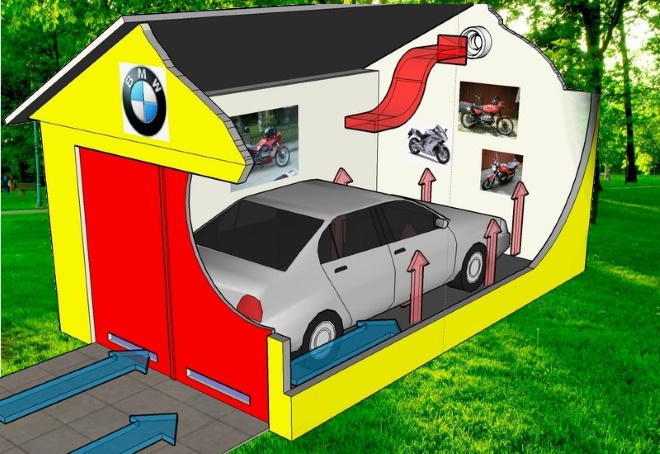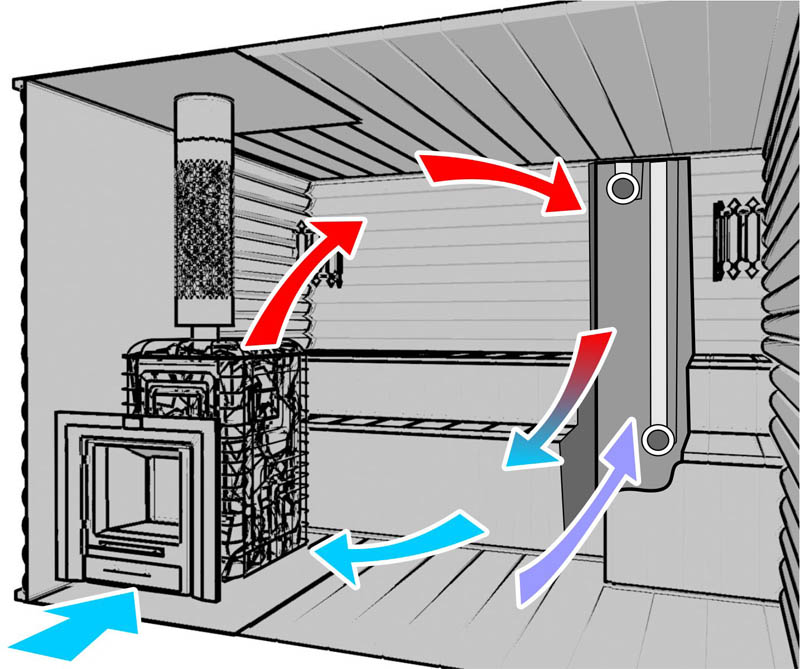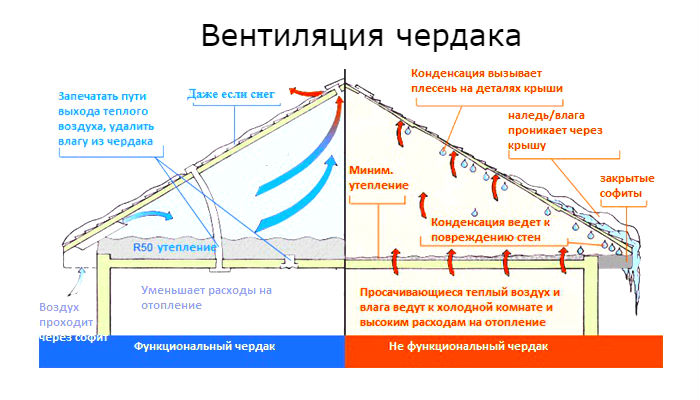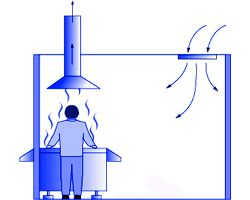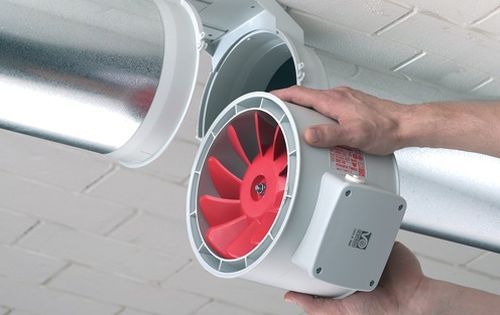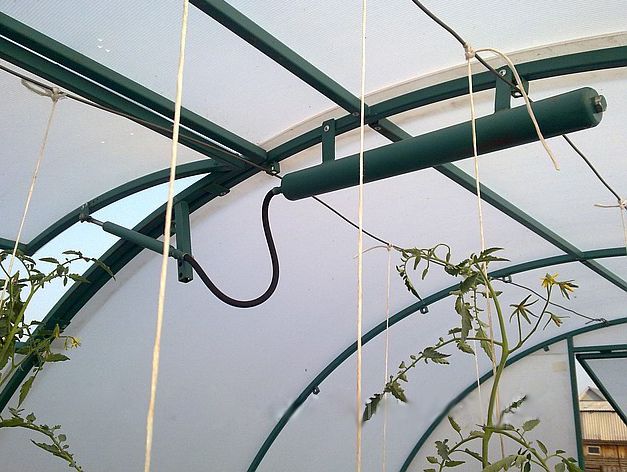The function of any greenhouse is to protect plants from the cold. But on hot sunny days, the temperature inside the greenhouse can rise so high that the plants will simply burn from the heat. Therefore, before starting the construction of a greenhouse, you should take care of the method of airing it. The most convenient, modern and efficient way is an automatic greenhouse ventilator. In addition to stabilizing the air temperature inside the greenhouse, the ventilator performs another useful function: it creates a small artificial breeze, which improves the process of pollination of plants.
The ventilation system for the greenhouse can be purchased, or you can do it yourself, but it should be borne in mind that not all home-made devices are capable of creating wind, therefore, if you wish, you can additionally equip the greenhouse with a fan.
Types of automatic ventilators
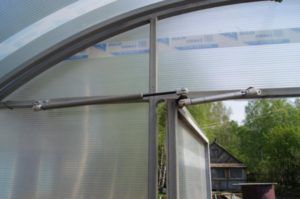
You can find many ventilators on sale that work according to different principles. Each of these models has its own pros and cons, therefore, when choosing a greenhouse, it is worth paying attention to the peculiarities of the operation of a particular model:
- hydraulic. The basis of such a device is a hydraulic cylinder with a liquid, inside which a rod is installed. When the liquid heats up, its volume expands, as a result of which the rod connected to the levers is pushed out, and the levers open the window or window. The advantage of such a device is its durability and reliability in operation. Some models of hydraulic ventilators are equipped with devices for adjusting the temperature at which the stem starts to extend;
- electrical ventilation systems consist of a fan and a thermal relay, which is triggered when the temperature rises. Such devices do not open or close the vents, but circulate air inside the greenhouse. The disadvantage of such devices is the dependence on electrical energy;
- bimetallic system. It is a metal plate with different temperature expansion coefficients. When the air in the greenhouse heats up, one of the plates bends and opens (or closes) the window. The disadvantage of these systems is their low power;
- thermal actuator. The operation of this ventilator is based on the property of the liquid in the container to crystallize at certain temperatures. Lauric alcohol is usually used as such a liquid. The operation of the thermal drive resembles the operation of a hydraulic ventilator, and its advantage is also its durability and trouble-free performance.
Self-made ventilator
Since some of the devices described above have a rather simple design, it is quite possible to organize ventilation of the greenhouse with your own hands.
It doesn't take too long to make ventilation, and a homemade device will be much cheaper.
Multi-vessel system
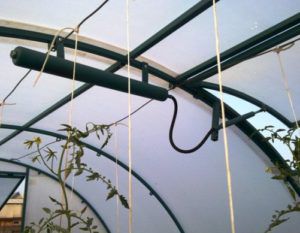
This self-made device consists of two containers - a large and a small one. The big one is made of metal and filled with oil. The liquid, heating up, flows into a smaller container to which the window is attached, and the latter begins to gradually open.
- As a larger capacity, you can use a metal canister with a capacity of 3-4 liters.A smaller one can be made from an ordinary tin or glass jar.
- For the manufacture of tubes through which liquid will flow from one container to another, you can use any material. The main thing is that the tubes are long enough and reach the bottom of the container.
- If the tubes are metal, then a welding machine is used to attach them to the canister. Rubber or plastic tubes are attached with threaded nuts.
- A container with a larger volume is filled with a working fluid, for example, used car oil, approximately 35-40%.
- The small container is completely filled with liquid, while the tube that is connected to it must be filled with oil approximately 1 cm above its level.
- A small container is installed on the outside edge of the window. The large one is attached to the ceiling inside the greenhouse.
The pipes connecting the two tanks must enter them tightly! Otherwise, the system will not work.
When the outer container is heated in the sun, the oil will begin to flow into the container located in the greenhouse. It will drop down under the force of gravity, and the window will open, thus creating ventilation in the greenhouse.
When the temperature drops, the oil will flow back, the external container will become heavy and, with its weight, will force the window to close.
Such a hand-made device is quite simple to manufacture, but it has one drawback: such a system is not capable of lifting massive vents located on the roof.
Pneumatic system

To make a pneumatic ventilator for a greenhouse with your own hands, you need to prepare:
- Metal canister.
- Small cylinder with smooth walls.
- Inflatable ball.
- A piece of styrofoam.
- Silicone sealant.
- Metal rod.
- Rubber tube.
- 2 meters of strong line.
- Sewing machine bobbin.
- A small metal strip.
- Glue.
- Scotch.
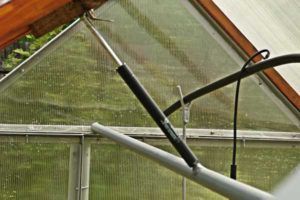
A do-it-yourself pneumatic ventilation system is somewhat more difficult to manufacture compared to the previous method, however, the operation of this device is also based on the use of thermal energy. First of all, you need to paint the canister black so that it better attracts the sun's heat. When the paint is dry, drill a hole in the lid for the connecting hose and insert the hose itself, fixing it tightly with sealant.
For the manufacture of a smaller capacity, a piece of polycarbonate is used, rolled into a pipe, the end ends of which are glued with cyanoacrylic glue. The bottom and the cover of the cylinder are also made by hand from polycarbonate. In the bottom you need to drill a hole for the tube, and in the cover - a hole for the stem. For the manufacture of the guide, you can use an ordinary plastic tube of the required diameter.
Next, a ball is put on the tube and sealed on it. A round piston is cut from the foam, and its sides are pasted over with tape for good sliding. Then a rod made of metal is attached to the foam piston.
A rocker arm with two different holes at the ends is made from the plate. The larger hole is used for attaching to the axle, and the small one is used for the additional bowstring. The axle is made from a regular nail.
Such a DIY ventilation system works quite simply. The air in the receiver, fixed under the ceiling of the greenhouse, when heated, moves into the cylinder, which contributes to the inflation of the balloon. At the same time, the piston with the rod rises, acting on the rocker arm, pulling the line and raising the window. When the air cools down, the window closes.

